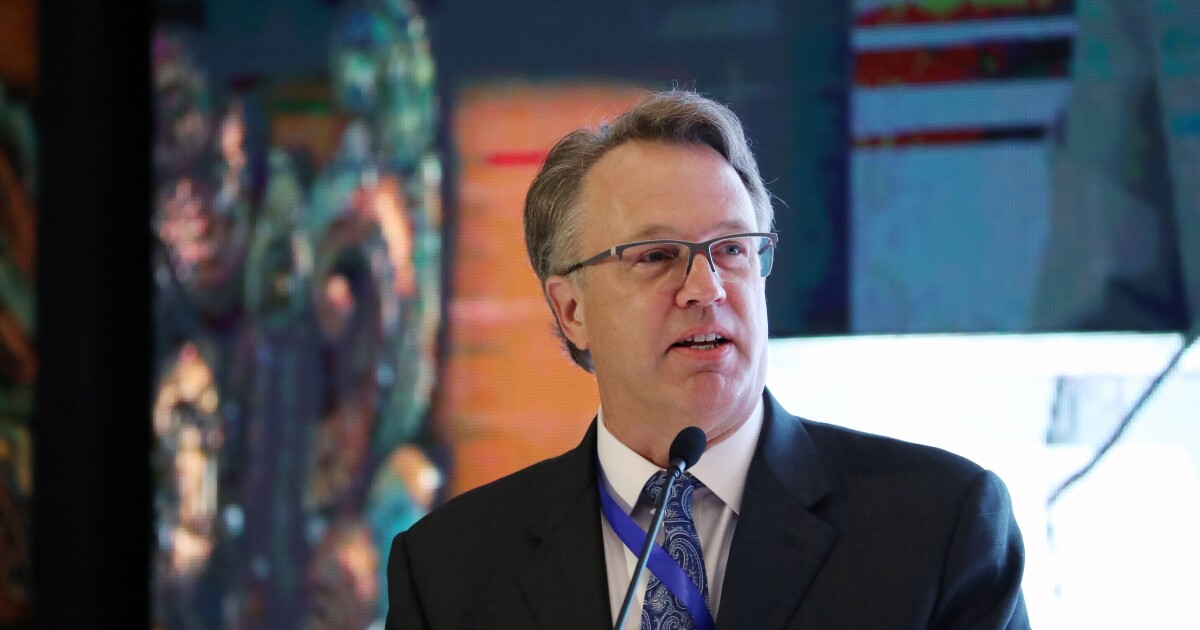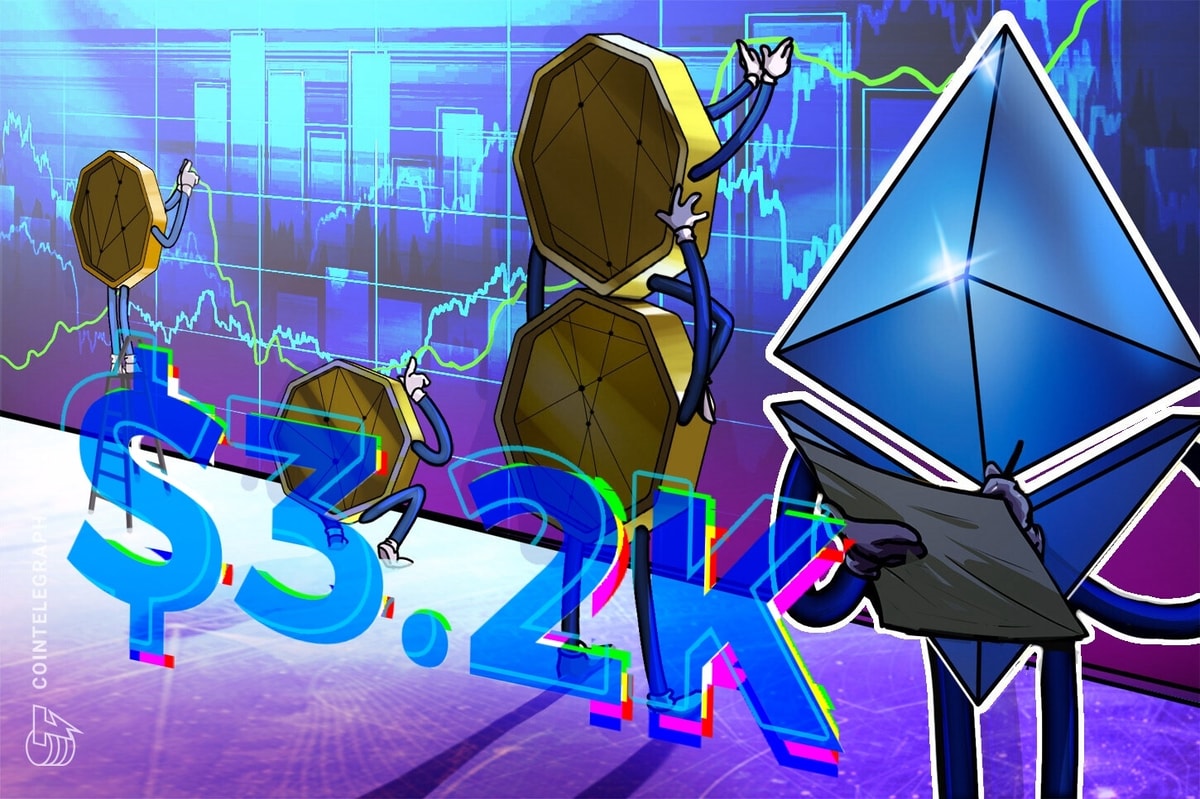Fed’s Williams says peak rate forecasts still ‘very reasonable’
3 min read
Federal Reserve Bank of New York President John Williams said forecasts officials submitted in December are still a good guide for where interest rates are headed this year and that policy may need to stay at restrictive levels for a few years to get inflation down.
Policymakers had penciled in a median projection of 5.1% for their benchmark federal funds rate by the end of 2023, implying a couple more rate hikes this year.
“That still seems a very reasonable view of what we’ll need to do this year in order to get supply and demand in balance and bring inflation down,” Williams said on Wednesday during a moderated discussion with the Wall Street Journal in New York.
Fed funds futures markets were pricing in higher rates following Williams’ remarks.
Fed officials lifted interest rates by a quarter point last week, bringing the target on their benchmark rate to a range of 4.5% to 4.75%. The move was a step down from the Fed’s previous increases, including a half-point increase in December and four jumbo-sized 75 basis-point hikes prior to that.
Williams said further increases of a quarter percentage point “seems like the right size.” But he said the pace of further hikes would depend on incoming data.
“We still have our work cut out for us,” he said.
The Fed may need to raise rates higher to bring them to a sufficiently restrictive level if inflation remains elevated or financial conditions loosen, Williams said, noting that rates were “barely into restrictive” territory.
“There is clearly a lot of uncertainty around the inflation outlook and there’s definitely scenarios where inflation ends up being more persistent for various reasons,” he said.
“To me, the important thing is we need a sufficiently restrictive stance and we need to attain a sufficiently restrictive stance of policy,” he added. “We’re going to need to maintain that for a few years to make sure we get inflation to 2%, and then eventually over time we’ll get interest rates presumably back to more normal levels.”
Williams also said wage growth remains “well above” levels that are consistent with the Fed’s 2% goal, and pointed to the persistence of price pressures in the services sector, excluding housing, food and energy.
“That’s the area of the labor market and the economy where I think we still have this demand-supply imbalance,” he said. Fed officials “need to focus on getting that consistent with 2% inflation.”
Speaking separately on Wednesday, Fed Gov. Lisa Cook said officials were committed to curbing inflation and further tightening was warranted, though she favored maintaining a gradual approach.
“We are not done yet with raising interest rates, and we will need to keep interest rates sufficiently restrictive,” she told an event in Washington. Moving in smaller steps “will give us time to evaluate the effects of our fast actions on the economy.”
Fed Chair Jerome Powell on Tuesday stuck to his message that interest rates need to keep rising to tame inflation, floating the idea that borrowing costs may reach a higher peak than traders and policymakers anticipate if price pressures remain persistent.
Powell’s message was similar to one he delivered at the conclusion of last week’s meeting. But his remarks this time followed a red-hot employment report that showed employers added 517,000 new workers in January while the unemployment rate fell to 3.4%, the lowest since 1969.
“We think we are going to need to do further rate increases,” Powell said. “The labor market is extraordinarily strong.”
Atlanta Fed President Raphael Bostic said Friday’s jobs report raised the possibility that the central bank will need to increase interest rates to a higher peak than previously expected. If a stronger-than-expected economy persists, “It’ll probably mean we have to do a little more work,” Bostic told Bloomberg News in a phone interview on Monday.
Investors now expect interest rates to rise to just above 5% this year, similar to what Fed officials forecast in December. They previously saw rates peaking slightly below 5% and expected the Fed to cut rates before year end.







